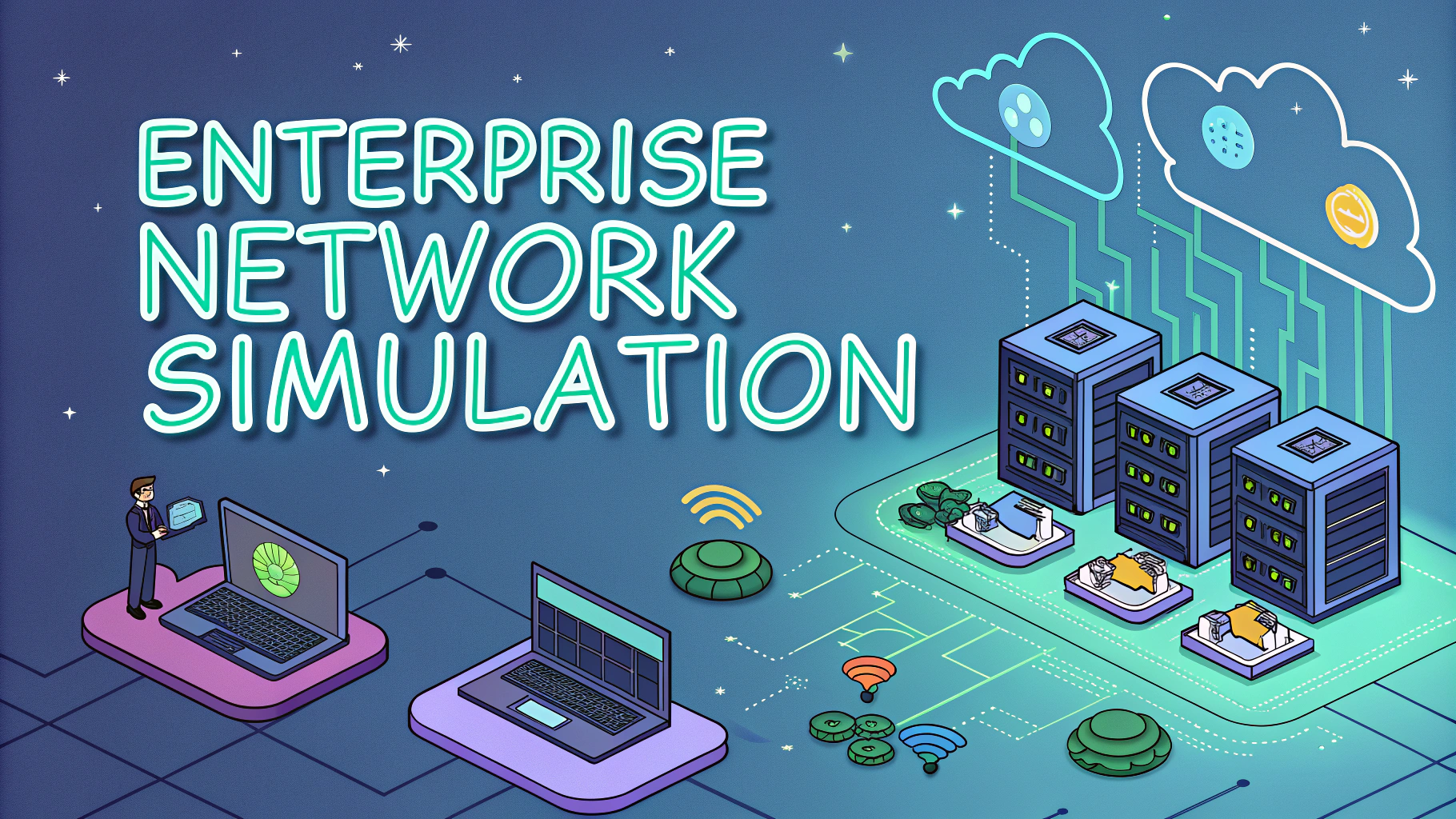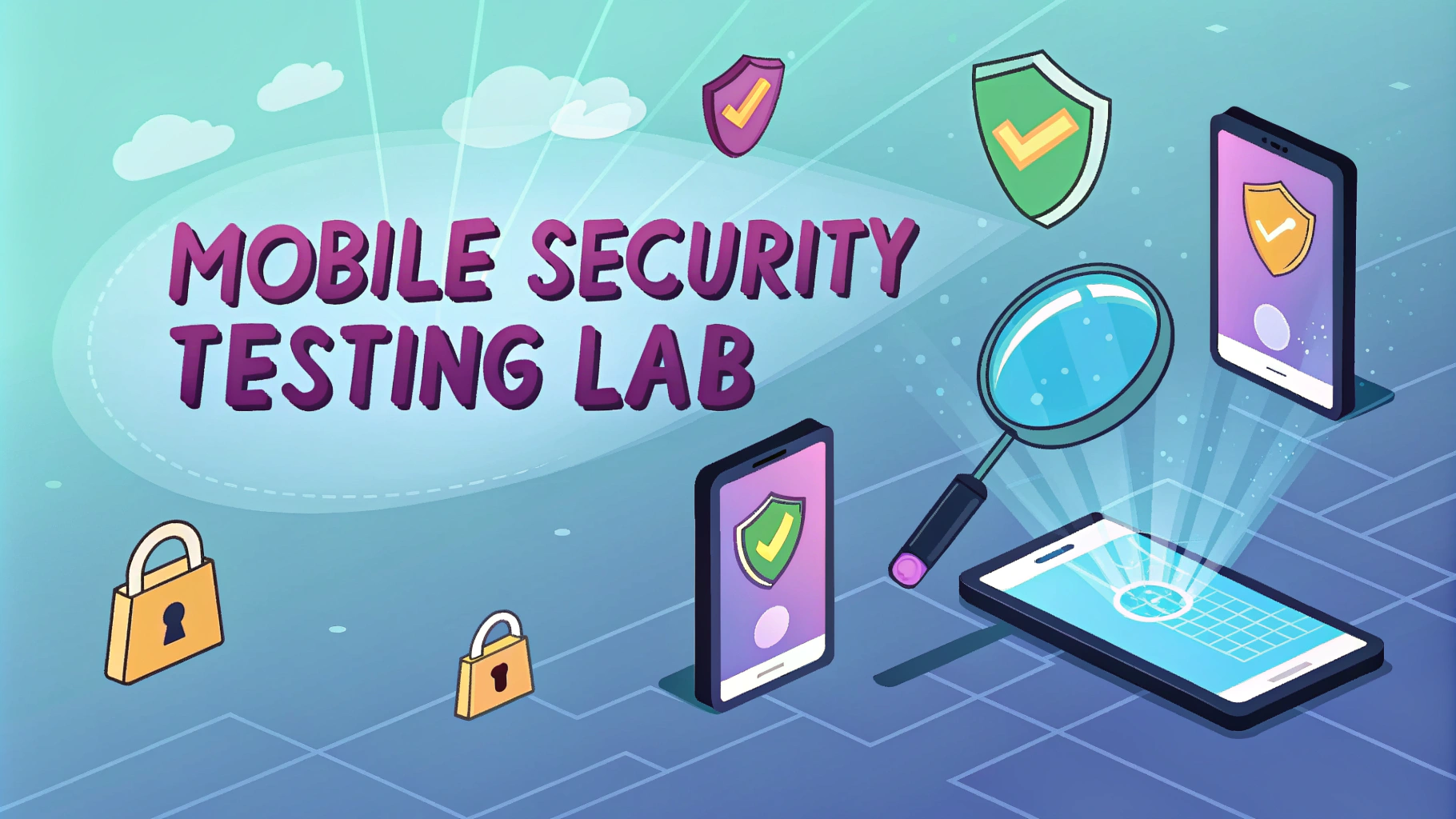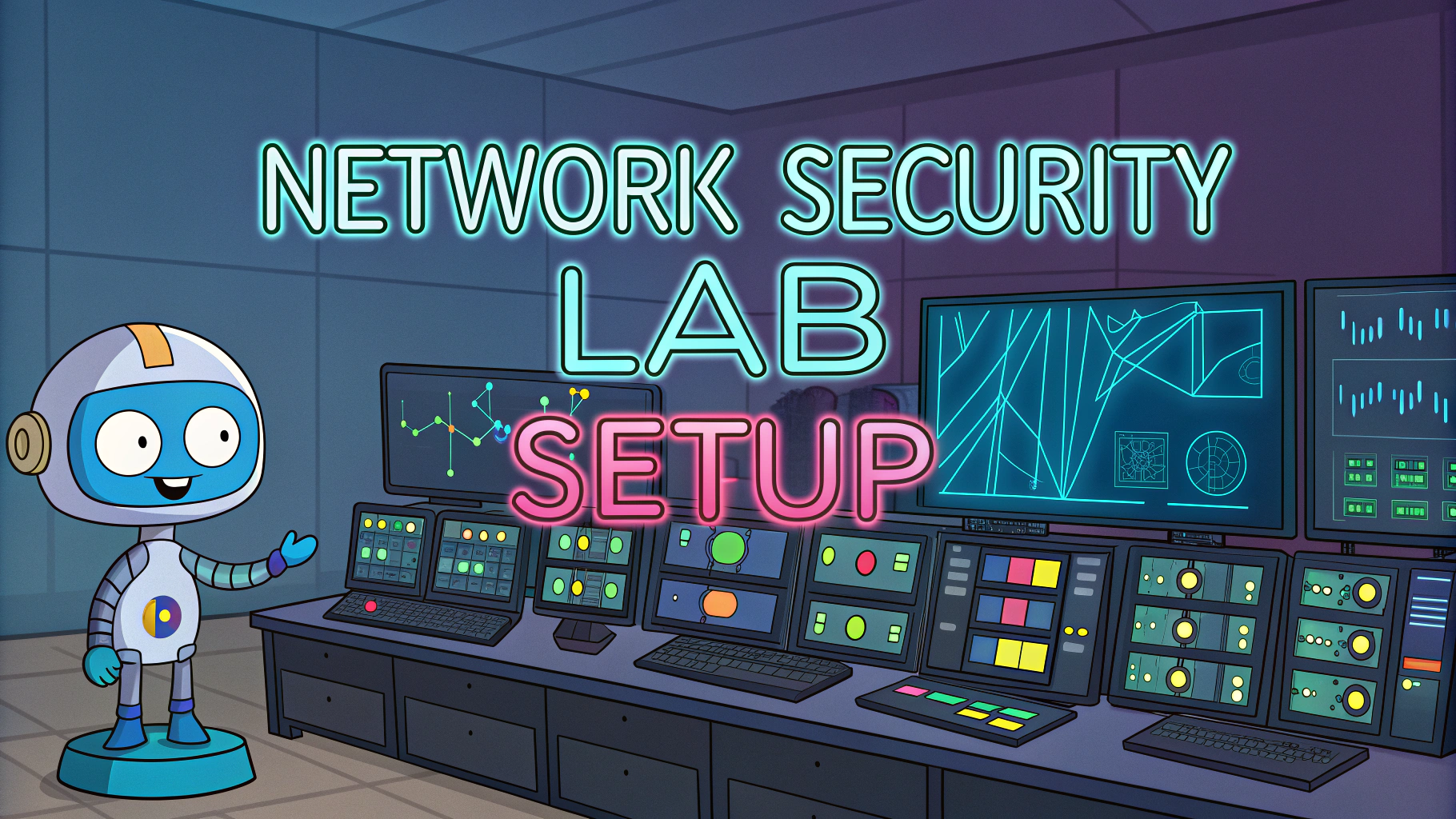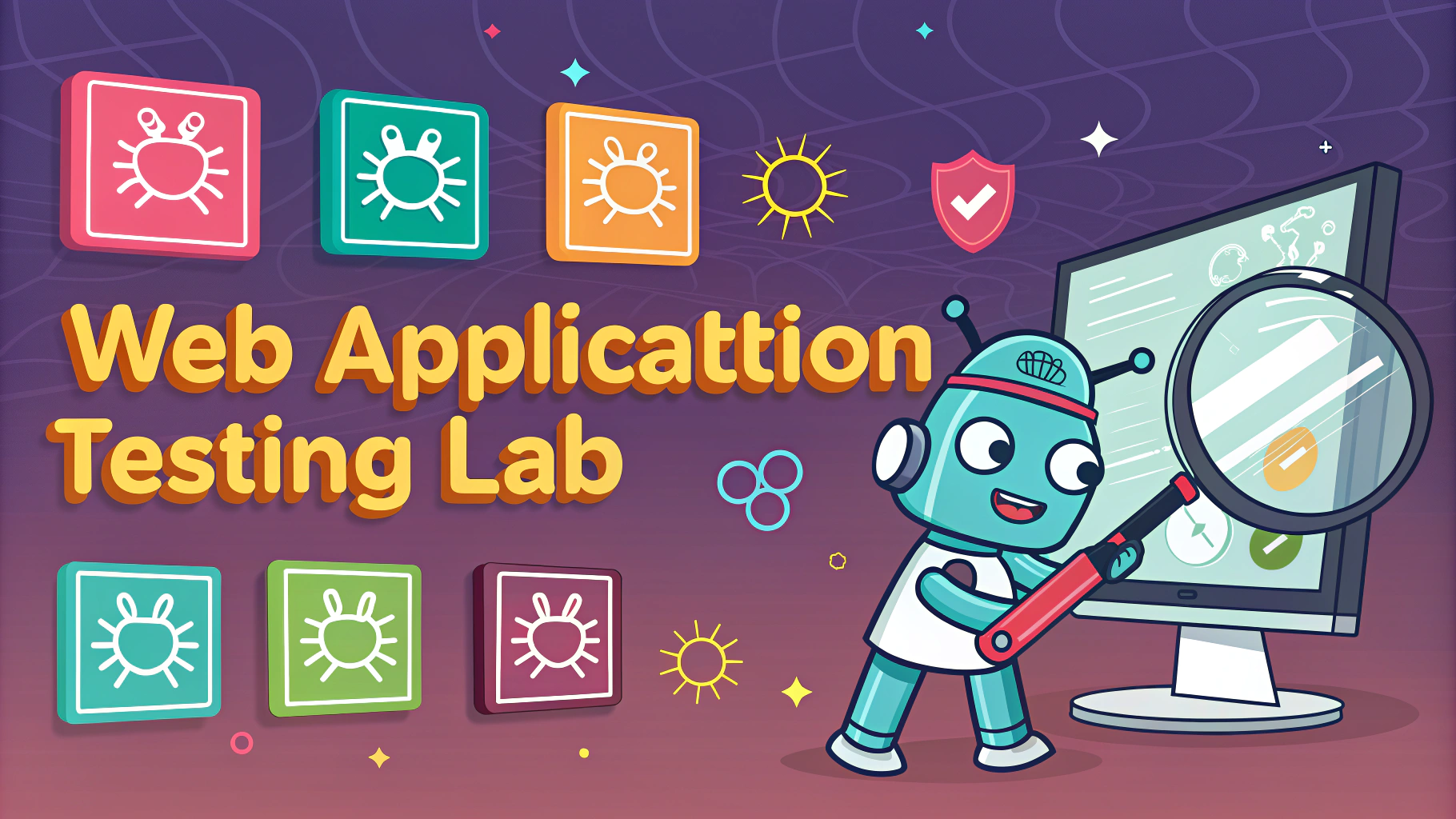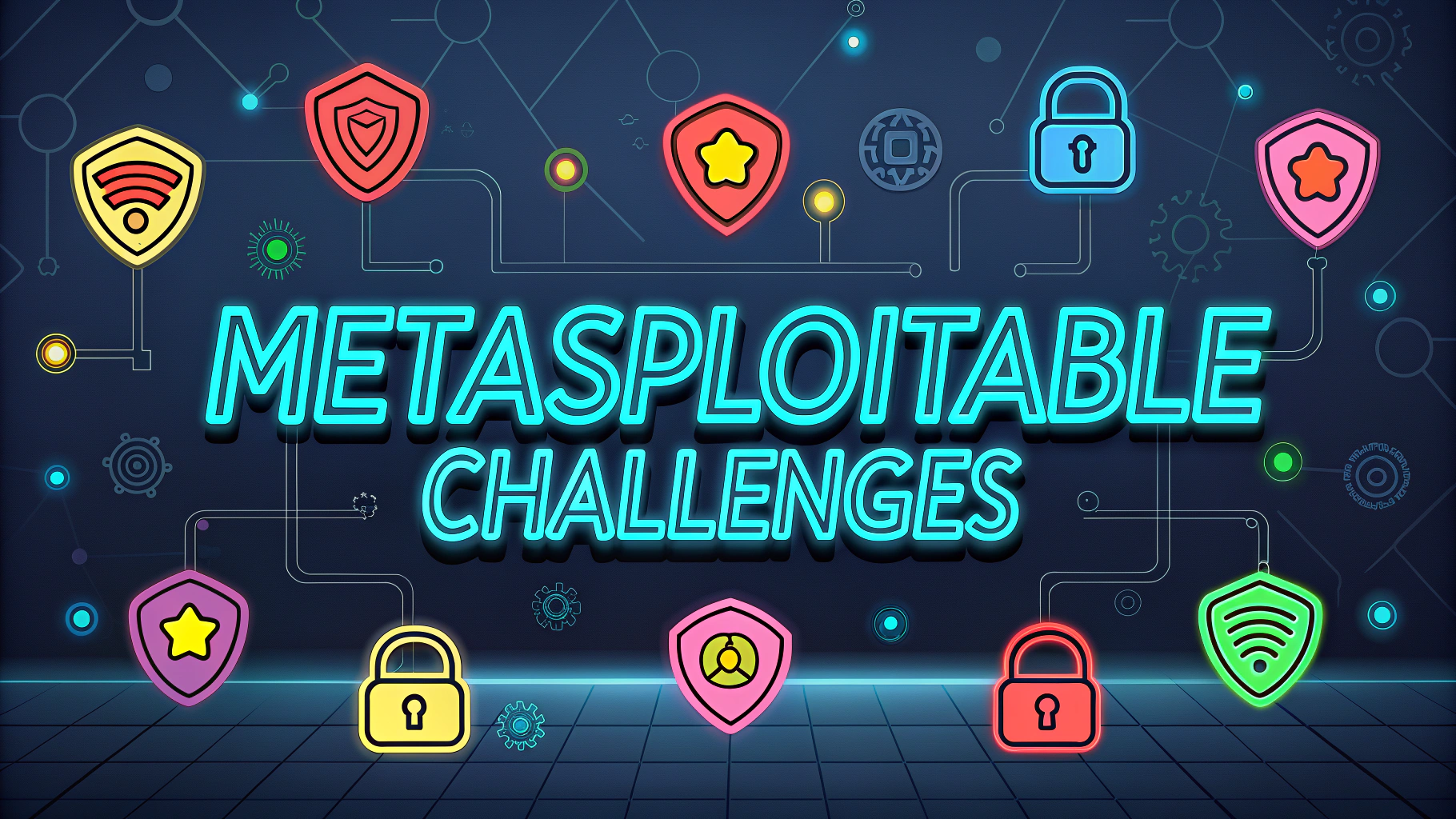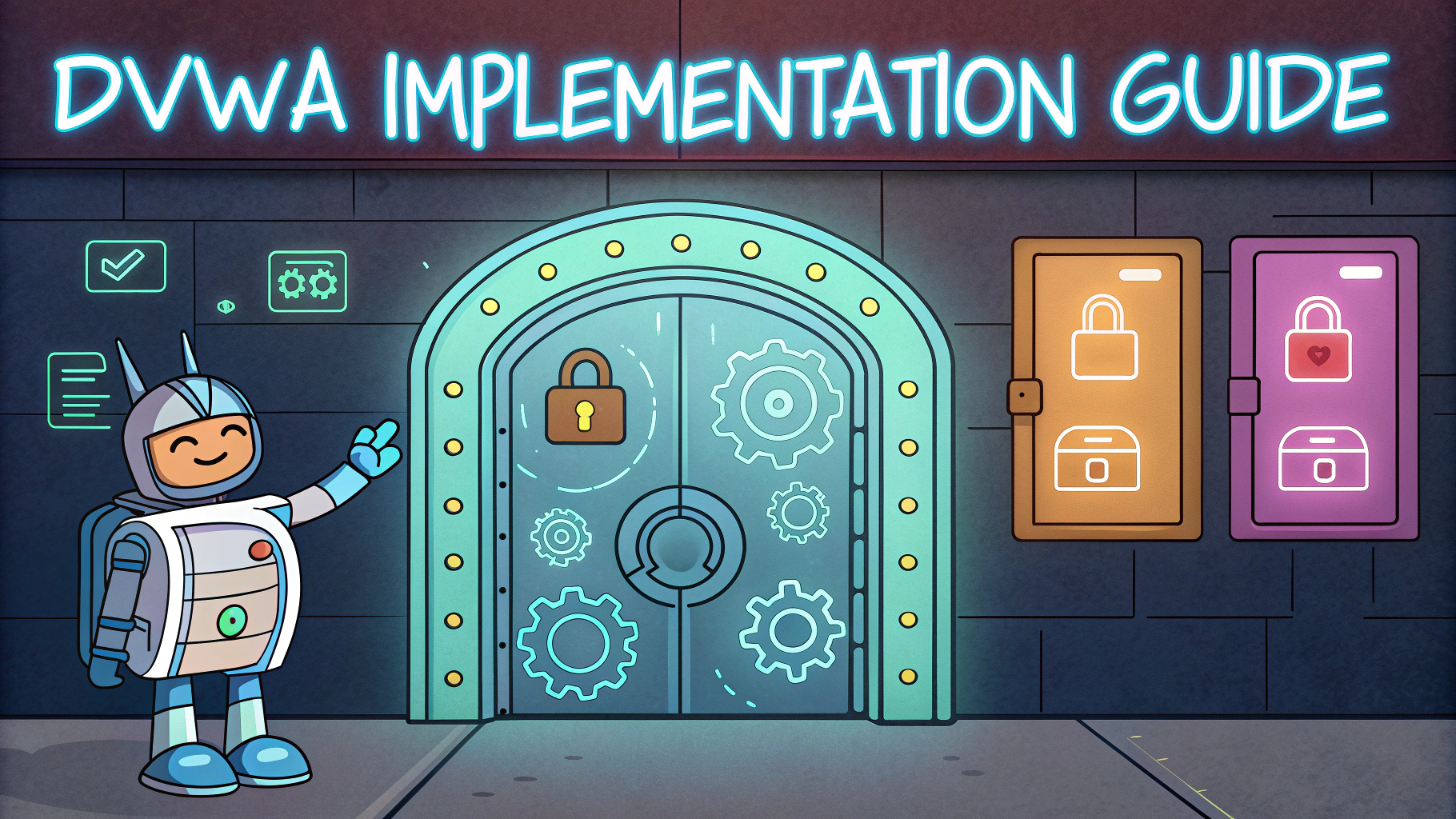Preparing for the CISSP exam’s penetration testing section requires a strategic approach focused on understanding both technical details and risk management principles.
The penetration testing portion evaluates your knowledge of security assessment methodologies, tools, and best practices for identifying vulnerabilities in information systems.
This quick guide covers essential concepts, testing approaches, and practical tips to help you master the penetration testing components of the CISSP exam.
Key Penetration Testing Concepts for CISSP
- Black Box Testing: Tester has no prior knowledge of systems
- White Box Testing: Complete system information provided
- Gray Box Testing: Limited system knowledge available
- Red Team Testing: Adversarial approach simulation
- Blue Team Testing: Defensive security assessment
Testing Methodology Focus Areas
- Planning and Scoping
- Reconnaissance and Information Gathering
- Vulnerability Scanning and Assessment
- Exploitation and Privilege Escalation
- Post-Exploitation Activities
- Reporting and Documentation
Common Tools to Understand
| Tool Type | Examples |
|---|---|
| Vulnerability Scanners | Nessus, OpenVAS, Qualys |
| Network Analysis | Wireshark, tcpdump, Nmap |
| Web Application Testing | OWASP ZAP, Burp Suite |
Risk Management Integration
Understand how penetration testing fits into the broader risk management framework.
- Risk identification and assessment processes
- Testing scope alignment with business objectives
- Impact analysis of discovered vulnerabilities
- Remediation prioritization strategies
Documentation Requirements
Focus on these key documentation elements for the exam:
- Rules of engagement
- Scope documents
- Testing methodologies
- Findings classification
- Executive summaries
- Technical reports
Expert Tips for Exam Success
- Memorize the standard penetration testing phases
- Understand the differences between testing types
- Know common vulnerability categories
- Practice explaining technical concepts in business terms
- Review real-world penetration testing reports
Moving Forward with Your CISSP Journey
Success in the CISSP exam’s penetration testing section requires balancing technical knowledge with business impact understanding.
Practice questions and scenario-based learning can help reinforce these concepts.
For additional resources, visit ISC2’s official website or join CISSP study groups on professional networking platforms.
Advanced Testing Considerations
Understanding the nuances of specialized penetration testing scenarios is crucial for CISSP certification success.
- Cloud Environment Testing
- IoT Device Assessment
- Mobile Application Security
- Social Engineering Evaluation
- Wireless Network Testing
Compliance and Legal Considerations
Penetration testing must align with regulatory requirements and legal frameworks.
- Data protection regulations
- Industry-specific compliance
- Cross-border testing considerations
- Legal authorization requirements
- Non-disclosure agreements
Testing Environment Setup
Infrastructure Requirements
- Isolated testing networks
- Virtual machine configurations
- Monitoring tools setup
- Backup systems
Safety Measures
- Production system protection
- Data integrity safeguards
- Rollback procedures
- Emergency response plans
Mastering CISSP Security Assessment
Remember that CISSP focuses on management-level understanding of security concepts rather than technical implementation details.
- Balance technical and business perspectives
- Focus on risk-based approaches
- Understand governance frameworks
- Emphasize communication skills
- Maintain ethical considerations
Continue your preparation by regularly reviewing practice questions and participating in hands-on labs when possible. Success in the CISSP examination requires a comprehensive understanding of both theoretical concepts and practical applications in penetration testing.
FAQs
- What is the primary purpose of penetration testing in the CISSP exam context?
Penetration testing evaluates system security by simulating real-world attacks to identify vulnerabilities, weaknesses, and potential entry points that could be exploited by malicious actors. - What are the key phases of penetration testing that CISSP candidates should know?
The key phases are planning, reconnaissance, scanning, vulnerability assessment, exploitation, post-exploitation, and reporting. - How does passive reconnaissance differ from active reconnaissance in penetration testing?
Passive reconnaissance involves gathering information without directly interacting with the target system (using public records, search engines), while active reconnaissance involves direct interaction with the target system (port scanning, network mapping). - What is the difference between black box, white box, and gray box penetration testing?
Black box testing involves no prior knowledge of the system, white box testing provides complete system information, and gray box testing offers partial system knowledge. - What are the essential tools that penetration testers commonly use?
Essential tools include Nmap for network scanning, Metasploit for exploitation, Wireshark for packet analysis, Burp Suite for web application testing, and Nessus for vulnerability scanning. - How should penetration testing results be documented for CISSP exam purposes?
Results should be documented with detailed findings, risk levels, impact assessments, vulnerability descriptions, proof of concept, and specific remediation recommendations. - What legal and ethical considerations must be addressed before conducting penetration testing?
Key considerations include obtaining written permission, defining scope, protecting sensitive data, following regulations, and ensuring testing doesn’t disrupt business operations. - What’s the difference between vulnerability scanning and penetration testing?
Vulnerability scanning automatically identifies known vulnerabilities, while penetration testing involves active exploitation and manual testing to validate security weaknesses. - How does social engineering fit into penetration testing?
Social engineering tests human elements of security through techniques like phishing, pretexting, and physical security testing to assess employee security awareness and organizational policies. - What are the critical success factors for penetration testing?
Success factors include clear scope definition, proper authorization, skilled testers, appropriate tools, comprehensive documentation, and effective communication of results.

